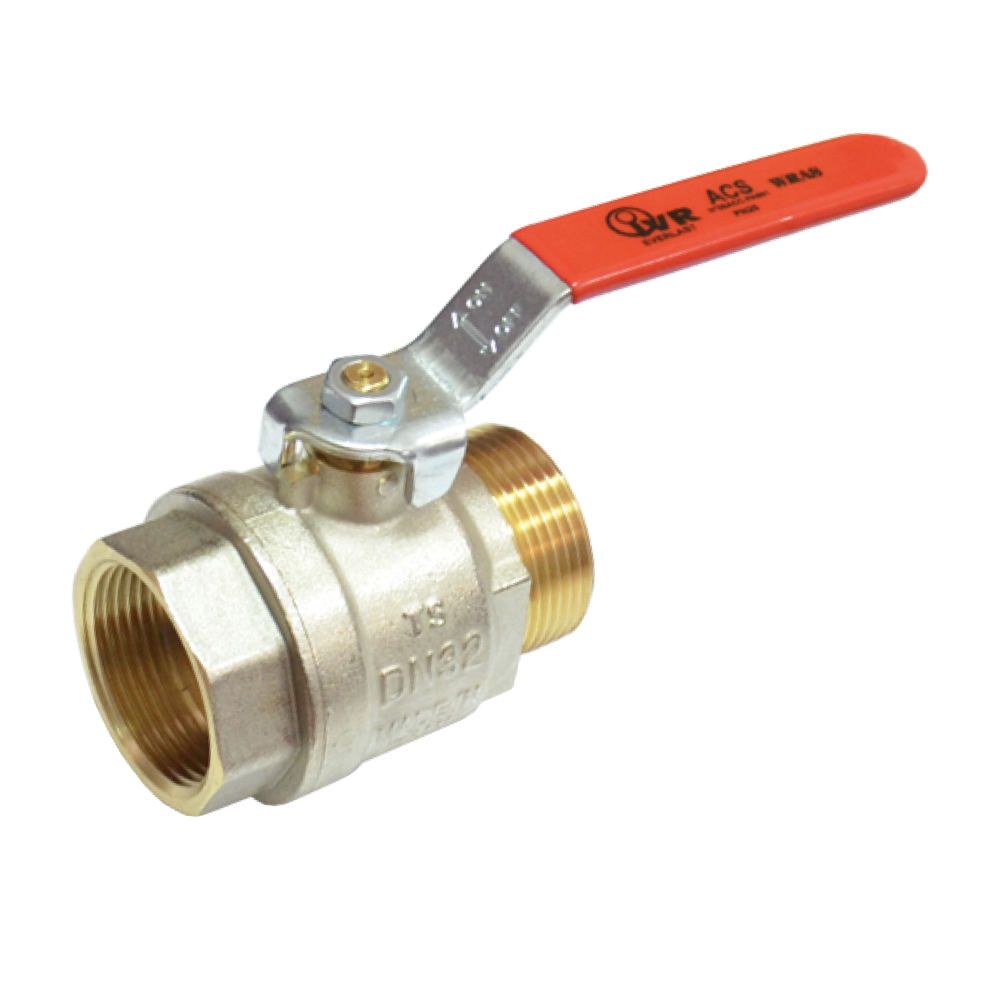Please do not block ads on our site. Clicks on ads help us exist, grow and become more useful for you!
Threaded ball valve

Ball valve - is a pipeline shut-off valve designed to block the flow. The name ball valve comes from the spherical shape of the shut-off element, which has a hole through the center for the passage of the working medium. In the open position, the axis of the hole coincides with the axis of the pipeline, and rotating the ball by 90° around an axis perpendicular to the pipeline axis closes the valve.
Working mediums
The universal design of the ball valve allows its use with almost any working medium: water, steam, compressed air, gas, petroleum products, viscous and abrasive mediums. All the ball valves you will find in our catalog can be used for water, but the possibility of use with other mediums should be clarified with suppliers.
Areas of application
Although the design of the ball valve has been known for more than 100 years, it gained widespread use only with the advent of polymer materials, such as Teflon, whose sealing rings ensure tight closure. Nowadays, flanged ball valves are widely used in heating and water supply systems, practically completely replacing gate valves, plug valves, and cock valves.
Threaded ball valves (muff-type) are installed on pipelines DN50 or less, which transport working mediums with temperatures up to 100°C and pressures not exceeding 16 bar. In other cases, welded, wafer, and flanged ball valves are used.
Prolonged use of the ball valve in a partially open position is not allowed, as the abrasive wear of the ball may lead to a loss of tightness in the flow closure.
Advantages
- Low cost
- Lightweight
- Compact size
- Long service life
- Reliable and universal design
- No maintenance required
- Low hydraulic resistance
- No stagnant zones in the flow part
- Full-bore design possible
- Can be installed in any position
- Tight closure of the flow
- Quick shut-off possible
- Working medium can flow in any direction
Disadvantages
- High torque is required for closure, necessitating long levers for manual operation or expensive electric drives for automatic control.
- Quick opening of the valve may cause water hammer, which is unacceptable for some systems.
- In heating networks, the normative use of threaded shut-off valves is prohibited at working medium temperatures above 115°C, pressures above 1.6 MPa, and pipeline nominal diameters exceeding 100 mm.
Alternatives
224
 Catalog of
Catalog of of ball valves
Genebre
Genebre
Genebre
Genebre
Genebre
Genebre
Valtec RUS
Valtec RUS
Valtec RUS
IVR
IVR
IVR
IVR
Breeze
Oventrop
Oventrop
Broen
Broen
Danfoss
Danfoss
VIR
VIR
LD
Honeywell - Resideo
Bray
Vexve
Vexve
FAF
IMI Hydronic
IVR
IVR
IVR
Naval
FAF
Valtec RUS
Маршал
Breeze







